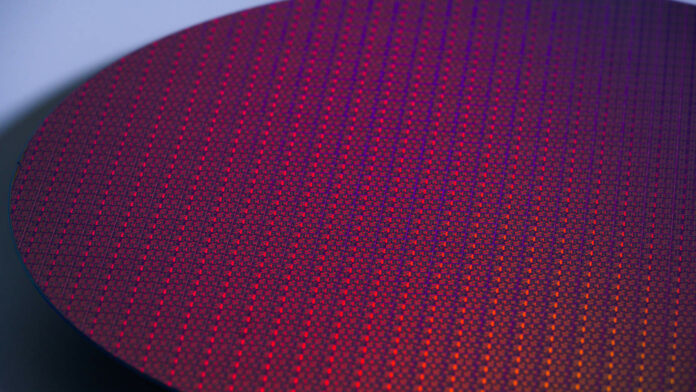Intel enjoys a unique position relative to its competitors as one of the few chip manufacturers that owns fabrication facilities. However, in recent years, problems with its own processes have forced the company to partly or wholly fabricate their CPUs elsewhere. This trend will now unexpectedly continue with Arrow Lake, but it’s not all bad news for the brand.
To contextualise how unusual such strategies are for Intel, here’s a brief history lesson. The company has fabricated its own processors since 1971, with 4004. This streak continued until 2023, with third-parties fabricating the majority of its Meteor Lake chips. It’s unclear if the brand plans to continue this approach with future Core Ultra series processors, beyond Arrow Lake. For the foreseeable future, though, the best CPUs from Team Blue won’t be entirely home-grown.
In a press release, Ben Sell, VP of technology development at Intel, shared news that the company is shifting resources from its 20A process to 18A. In light of this decision, “the Arrow Lake processor family will be built primarily using external partners and packaged by Intel Foundry.”
We should learn all about Arrow Lake in the coming months, but there are a few conclusions we can draw from Sell’s statement. For instance, it doesn’t appear as though this architecture will mirror Lunar Lake in its complete abandonment of Intel processes. Instead, expect something closer to Meteor Lake, which featured an Intel 4 compute tile whereas the likes of SoC, GPU, etc. used TSMC N5 and N6. This guestimate admittedly rides on Sell’s use of the word “primarily”.
Despite recent financial hardships, there’s little sign that Intel plans to abandon developing and maintaining its own fabrication processes. After all, it can’t realise its plans to become the dominating force for AI without them.
Outside its processors, I’m curious to see when Intel will shift fabrication of its graphics in-house (if ever). The company’s Xe2 architecture, combined with Lunar Lake, appears to indicate a turning point in its fortunes. The proof will be in the pudding, or performance in this case, but progress with 18A is as good an indication as any that a brighter future is ahead.


